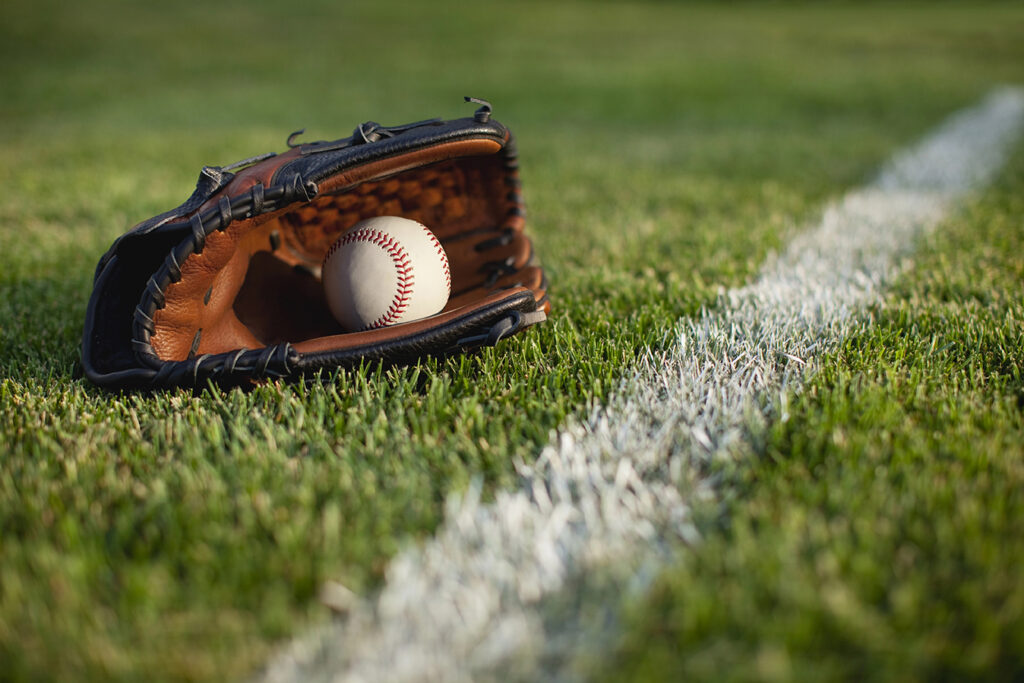
When it comes to choosing the best playing surface for youth baseball and softball, the debate between natural grass and artificial turf continues. While turf fields are gaining popularity for their low maintenance and all-weather playability, Blue Valley Rec feels natural grass remains the gold standard. Here’s why we think natural grass is the better choice for youth baseball and softball from a safety, performance, and long-term development standpoint.
1. Safety First: Softer Landings and Fewer Injuries
Natural grass offers a softer, more forgiving surface than artificial turf. When kids slide into a base, dive for a catch, or take a tumble, the cushioning effect of real grass and soil reduces the impact on joints and bones. Turf, by contrast, tends to be firmer and more abrasive, increasing the risk of turf burns, twisted ankles, and knee injuries. For growing bodies, that added protection can make a big difference.
2. Cooler Playing Surface: Grass Doesn’t Overheat
On sunny days, artificial turf can become dangerously hot—up to 40–60 degrees warmer than natural grass. This creates not only discomfort but also serious health risks such as dehydration, heat exhaustion, and heat stroke. Natural grass, on the other hand, stays significantly cooler, making it safer and more comfortable for players, coaches, and spectators.
3. Traditional Play Experience: Real Feel, Real Skills
There’s a reason baseball has been played on grass for over a century. Natural grass provides a more authentic feel that helps young athletes develop true ball-handling skills. Ground balls bounce more naturally, cleats grip better, and players learn how to read the field. Artificial turf can lead to unnatural ball bounces and sliding techniques that don’t translate well to traditional fields.
4. Healthier Environment: Grass Improves Air and Soil
Natural grass contributes to a healthier playing environment. It filters dust and pollutants, absorbs carbon dioxide, and produces oxygen. Turf fields, on the other hand, are made from synthetic materials that can release chemicals over time. Plus, grass helps manage stormwater more effectively by absorbing rainfall and reducing runoff.
5. Better for Long-Term Development
For youth athletes, sports are as much about learning and development as they are about winning. Playing on natural grass teaches young players how to adapt to the irregularities and nuances of real playing conditions. These lessons build stronger instincts and better decision-making skills that carry forward as they grow.
6. Cost and Maintenance: Long-Term Considerations
While turf fields are often praised for their lower maintenance, the initial installation cost is significantly higher. Natural grass may require mowing and watering, but it also offers longevity without the need for costly replacements every 8–10 years. For many community programs and leagues, grass remains the more cost-effective choice over time.
Youth baseball and softball are about more than just the game—they’re about fun, learning, and safe development. Natural grass fields offer a safer, cooler, and more authentic environment for kids to grow as athletes and teammates. While turf may seem convenient, nothing beats the feel of a freshly cut outfield under a summer sky.